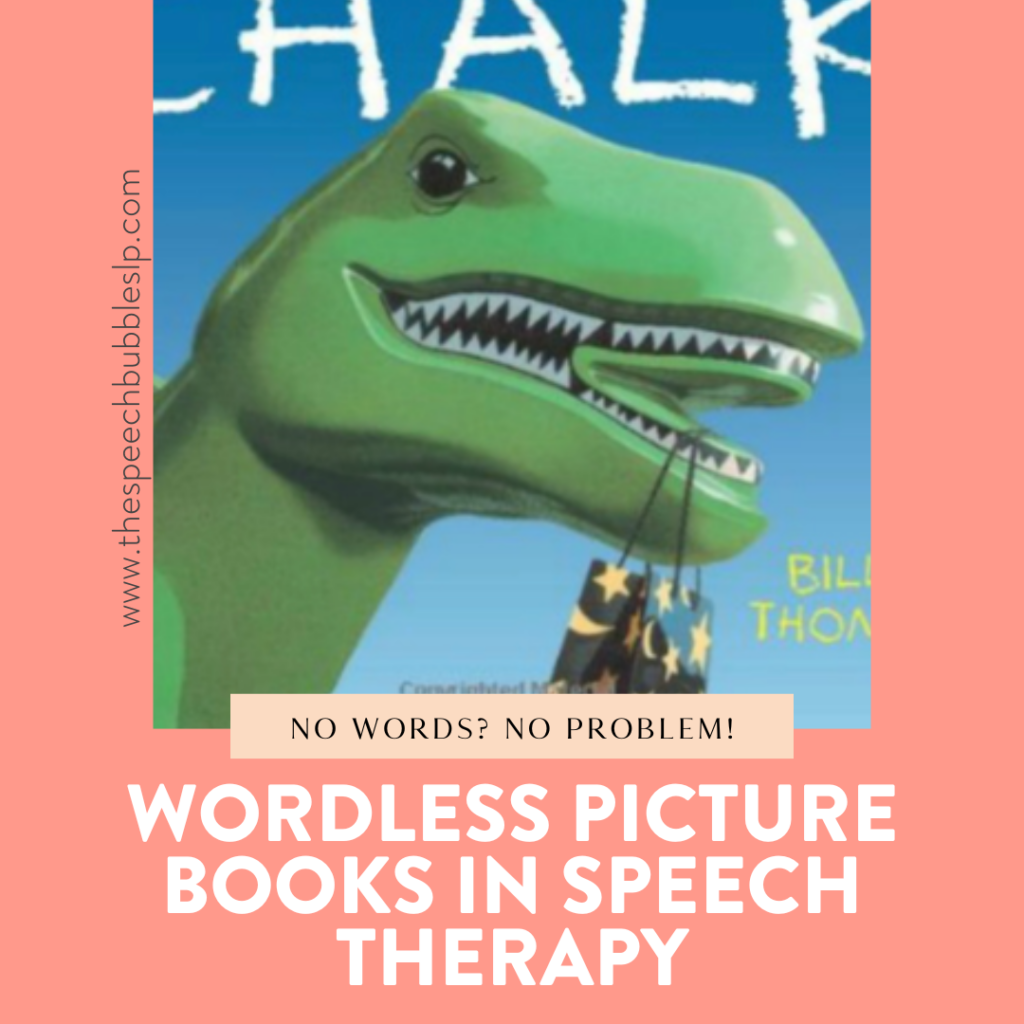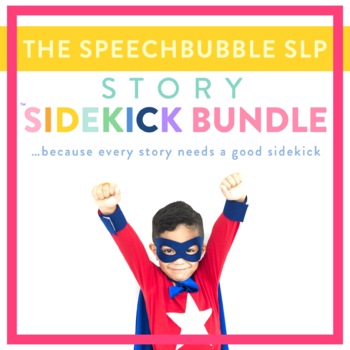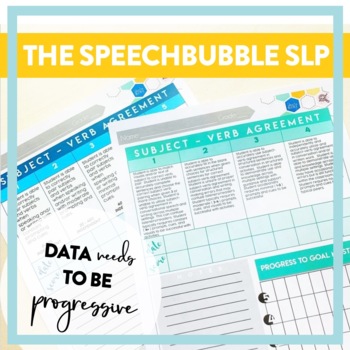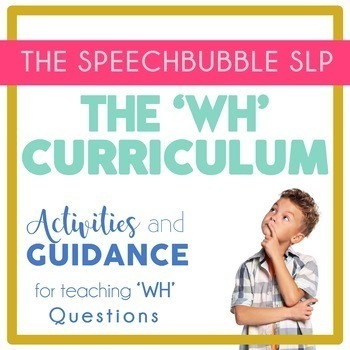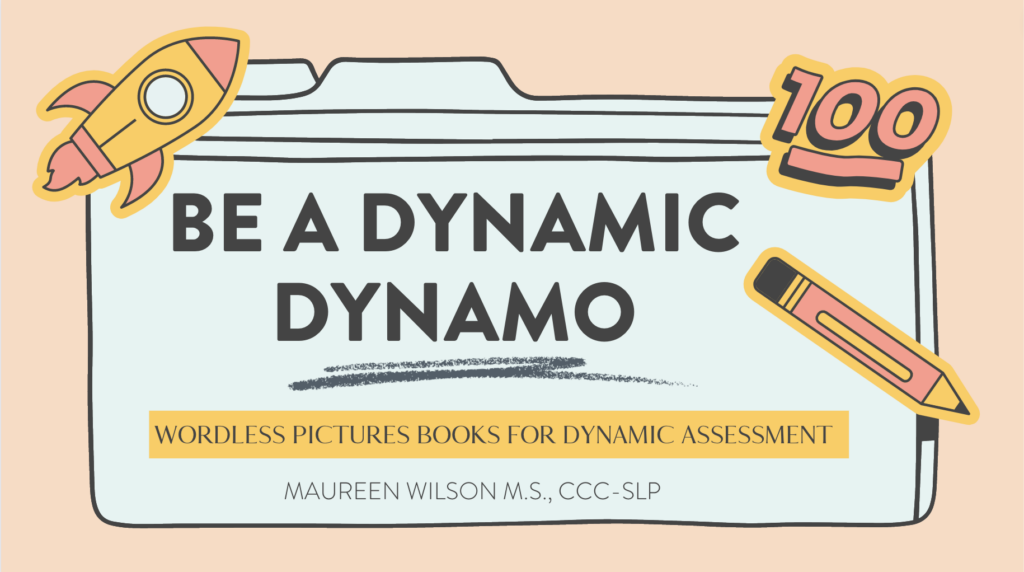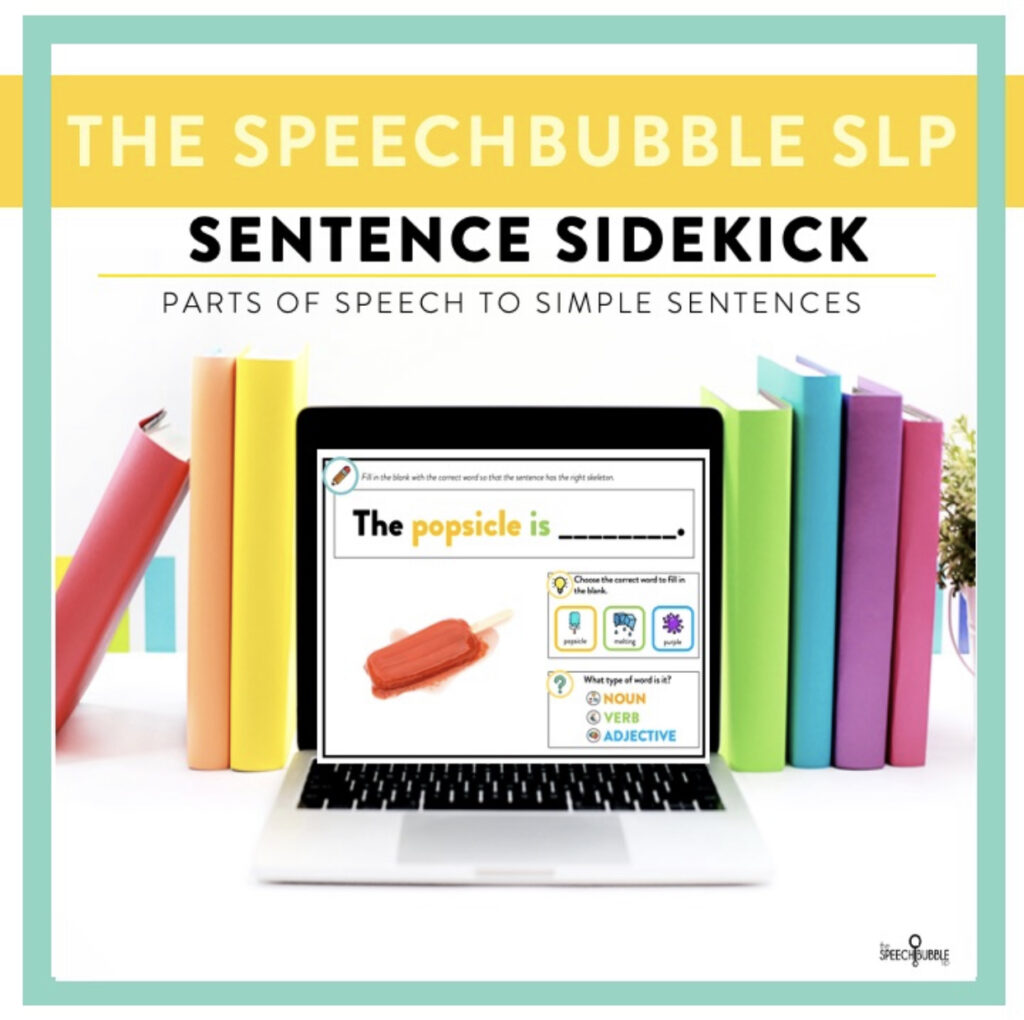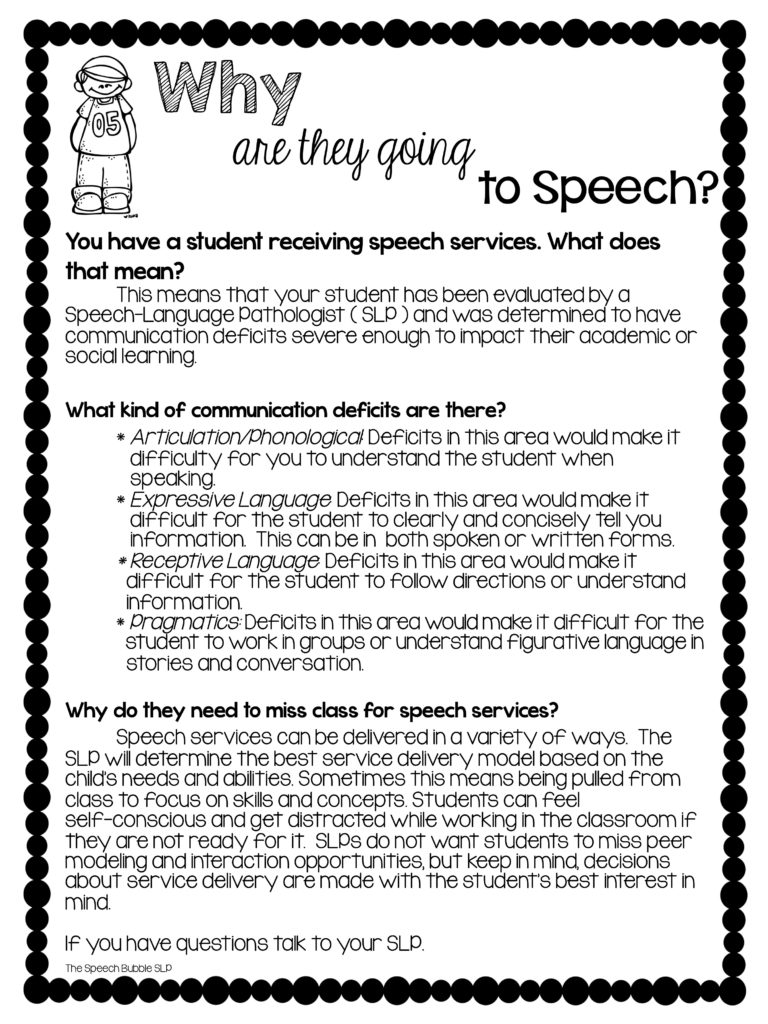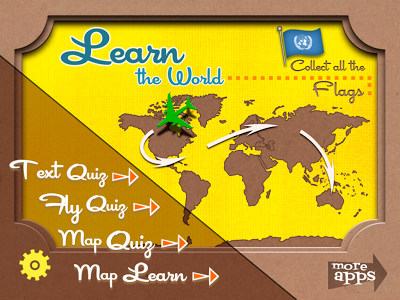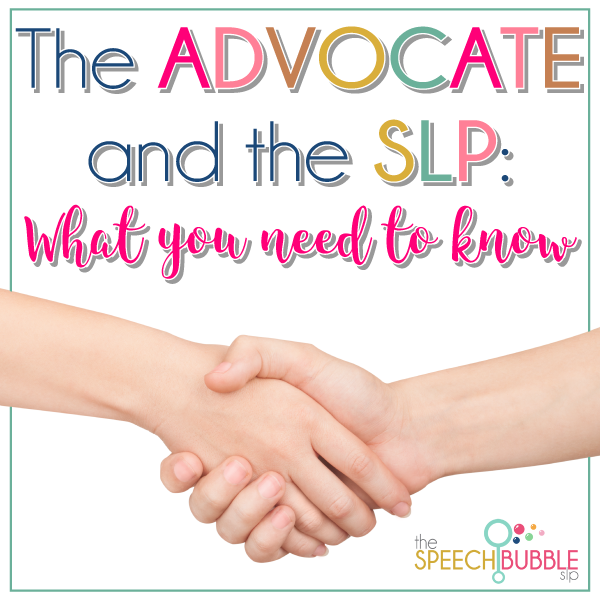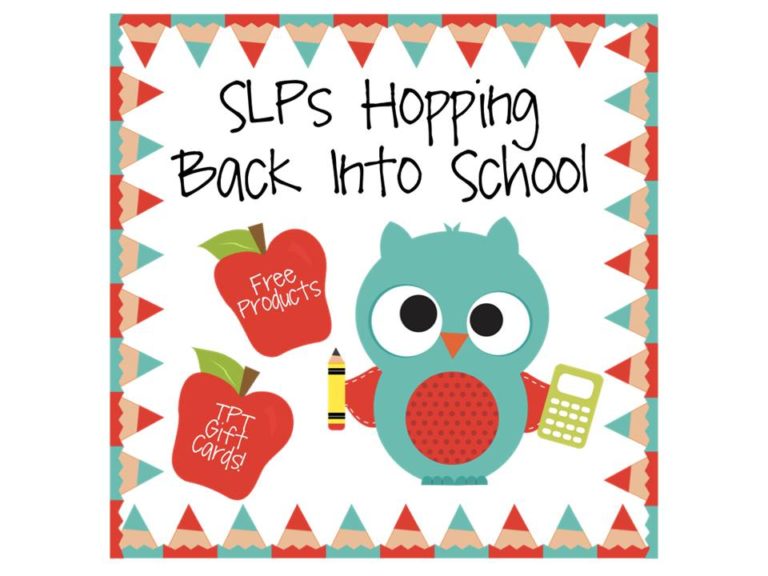All can readers can enjoy wordless picture books regardless of reading ability, that is the beauty of them. I think we can confidently say that children “read” pictures way before they can actually read the words. We’ve all seen young children flipping through books upside down, pointing at pictures, pretending to “read” the words, or even children who can identify the McDonalds sign from a mile away. These children are making sense of the visual information that is around them. Wordless picture books, with their wide variety of topics and themes, are open-ended and ambiguous, but most importantly, they lend themselves to be one of the best tools for therapy.
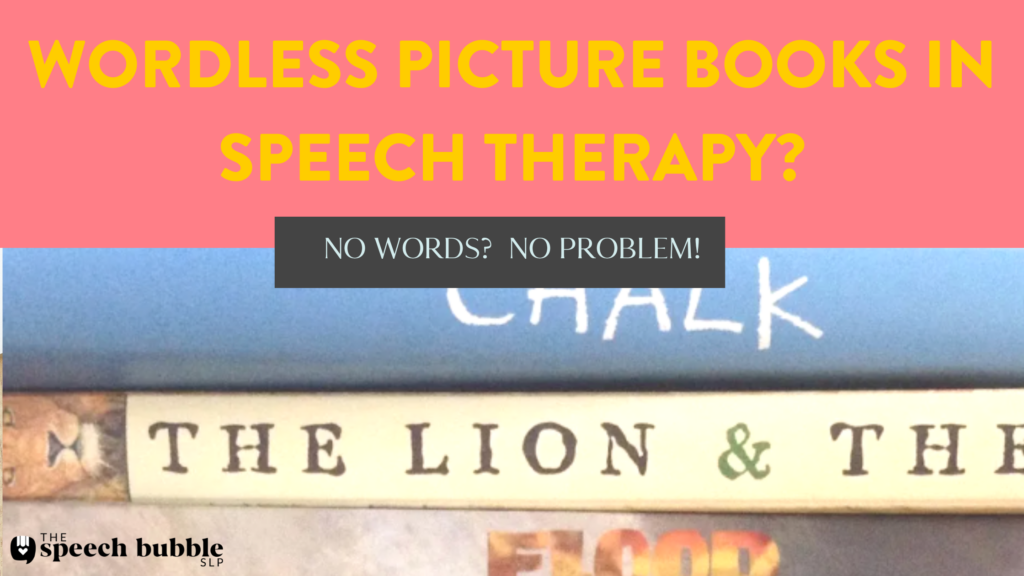
HOW TO FIND THE RIGHT BOOK
When choosing the right wordless picture of books for the population you serve, you should consider the complexity of the book as well as the abilities of your students. Easy enough right? This refers to the understanding of the way the book is laid out including how the visual information is sequenced and ways the student can guide themselves through the different design features of the book.
Keep in mind that your students will be interpreting what is happening in the individual images and illustrations, so you want to choose books that depict things that are familiar to them or make sure to preface the book by introducing the needed background knowledge. Think about the student and the background knowledge that would be needed in order to comprehend the story (Jalongo, 2002). For example, young preschoolers would be most suited for books that represent familiar routines such as morning or bedtime routines, going to school, or taking a trip to the grocery store. If you want to use a wordless picture book about a jungle, you would need to front-load that knowledge for the student’s to get the most out of the story. Take notice of the setting, events, character motives, actions, expressions, and gestures when choosing the book because your student will need to dwell on these things as there is no text to draw upon.
Any text that is found within these types of books will be there to support the “visual information, anchor the narrative sequence, and call attention to various aspects of the visual narrative” (Serafini, 2014). This means that students with limited English, as well as their parents, can enjoy wordless picture books. Parents can use the illustrations to help their children further understand and discuss the story with their children (Jalongo, 2002). This is a perfect ‘home task’ when parents ask what can be done for carryover!
WHAT DO WORDLESS PICTURE BOOKS TARGET?
Students will be working on describing the visual narrative, sequencing, and inferring characters’ thoughts, feelings, and emotions (Serafini, 2014). Truly, the skills you can target are endless. They will have to construct the narrative themselves without relying on written text. Visual images and narrative sequences will have to be interpreted explicitly, requiring the student to slow down and pay close attention to the details.
Be sure to introduce narrative language structure as you read ( and prior too for that matter ). If you aren’t sure where to start with that I have a freebie with icons you have use in my TpT store.
After reading the book, you can check the student’s comprehension and their understanding of the main idea by working with the title. As the speech-language pathologist, you can discuss if the title fits the story and open dialogue on other possible story titles. You can also ask the student to make up their own story after reading the book.
Wordless picture books can also be used as an informal dynamic assessment to observe the student’s narrative ability. This includes the length of the story, setting, sequence, plot, characters, dialogue, and vocabulary (Jalongo, 2002). I have a free dynamic assessment mini-course you watch if you are not sure where to start. You can find the link on my homepage.
Wordless picture books can be appreciated and enjoyed by children at any level including those with limited English proficiency. We can use these types of books to motivate and support our students and their visual literacy, make informal assessments, and encourage communication with parents.
For more ideas on how to use wordless picture books, join Level Up and learn the foundational skills needed to start planning your therapy sessions today!

Research
Mary Renck Jalongo; Denise Dragich; Natalie K. Conrad; Ann Zhang (2002). Using Wordless Picture Books to Support Emergent Literacy. , 29(3), 167–177. doi:10.1023/a:1014584509011
Serafini, Frank (2014). Exploring Wordless Picture Books. The Reading Teacher, 68(1), 24–26. doi:10.1002/trtr.1294







